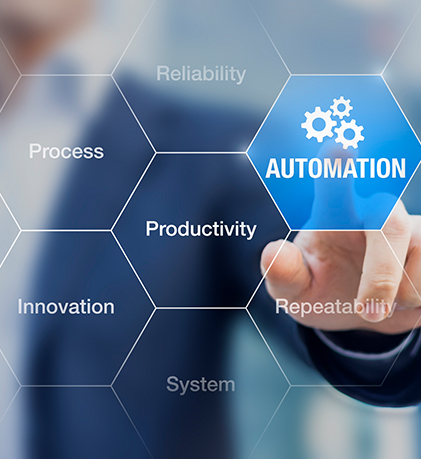Automation allows teams to automate their processes, save time, keep Software up to date and focus on what’s most important.
CI/CD in software development refers to specific DevOps practices that are becoming very popular in the system development life cycle (SDLC). Continuous Integration (CI) refers to building, updating, testing, and merging code into an application codebase seamlessly. CI is heavily reliant on automation.
In Continuous Delivery (CD), code is released more frequently. Developers’ code changes are put through CI and automated testing pipelines. Once automated testing is successfully completed, the build is validated and ready for release.
Continuous Deployment (the other CD!) also follows the same pattern. Every code change/update that passes testing and becomes a validated build is deployed to production for customers/consumers.
Continuous Integration, Delivery & Deployment make up the fundamental pillars of delivery automation.
CI/CD is almost a completely automated process from code to customer.
Benefits of Delivery Automation
A lot of the benefits of CI/CD are not just for businesses that implement these DevOps practices.
Customers also get good value from early release testing. And they get the option to sample/preview the latest tech offerings.

